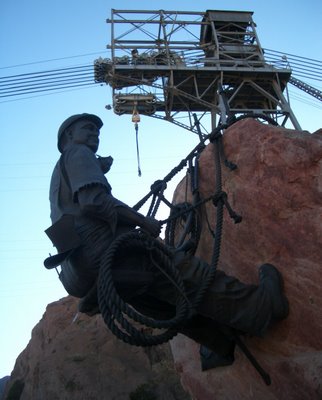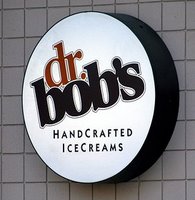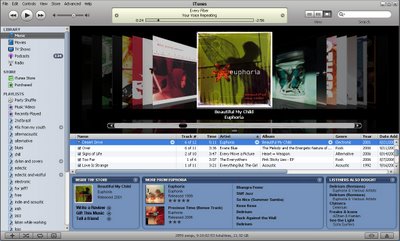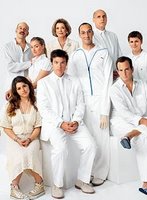
84 years ago today, Charles Brown was born in Texas City, Texas. His mother passed away when he was 6 months old, and he was raised by his grandmother who instilled in him an appreciation of education and of the piano. He attended college at
Prairie View A&M (colleges, like almost everything else at the time, were segregated), and he obtained a BS Chemistry with minors in Math and Education.
In 1943, he came to Berkeley for a government job but later that year he moved to Los Angeles to pursue his passion. He joined the Three Blazers as pianist and vocalist and had a string of hits that would later earn him the label “the black Bing Crosby.”
Over the next decade, Charles Brown helped create the refined, sophisticated, late-night sound of the West Coast blues. Mr. Brown was a pioneer and major influence on artists as diverse as Ray Charles, B.B. King, Sam Cooke and Randy Newman. His piano was intimate and inspired, and his vocal stylings were elegant and soulful. But, popular tastes changed and by the late-1950s the singing career of the former #1 artist was largely over. For the next 30 years Charles Brown rarely performed and held jobs as an elevator operator, a janitor and as a teacher.
With age, Charles Brown’s playing and signing became even more powerful. His voice was huskier, his fingers lighter, and in the mid-1980s (thanks to efforts of a few jazz lovers) he began a comeback. Throughout the early and mid-1990s he performed frequently in San Francisco at venues like
Café Du Nord and
Bruno’s and around the country.

I was fortunate to see Mr. Brown and his band play on many occasions, and the joy and energy he brought to his performances always amazed me. His love for his craft and his audience was palpable. Sadly, he passed away in January of 1999 at the age of 76, 3 months before his induction into the
Rock & Roll Hall of Fame, but thanks to his second career he left behind a wonderful legacy of recordings. I have 8 Charles Brown CD’s - here are a few of the many highlights to give you a sample of his talents as a writter and musician.
Driftin’ Blues: The Best of Charles Brown – This is the most widely available compilation from Charles’ years recording with Aladdin (1945 – 1952). Included are his compositions: Driftin’ Blues, Homesick Blues, Trouble Blues, My Baby’s Gone, I’ve Been Saving My Love for You, and Please Don’t Drive Me Away along with the hits In the Evening When the Sun Goes Down, Black Night, and Seven Long Days. Listening to these songs, it is easy to see his influence on the next generation.
One More for the Road – After a series of successful club dates in New York, Charles Brown returned to the studio after a 20 year absence. Virtually unnoticed when it was released in 1986, One for the Road was re-issued in 1989 and it helped spark his comeback. Every track is a gem on this special album.
These Blues – Perfectly recorded in San Francisco in January of 1994 with Ruth Davies on bass, Clifford Solomon on sax, Gaylord Birch on drums and Danny Cannon on guitar, These Blues was released by Verve. Charles plays his own material and covers classics like I Got It Bad and A Sunday Kind Of Love. This was my first Charles Brown CD.
Just a Lucky So and So – Back in the studio with his band again in 1994, the title track sums up Charles’ approach to life and performance. Although this is not his best album, don’t miss the update of his hit Black Night and the poignant So Long.
Cool Christmas Blues – Without question the coolest Christmas album ever recorded, it features a swinging Merry Christmas Baby and 5 original compositions. I’ve linked to his hit Please Come Home For Christmas which he penned in 1960.
Honey Dripper – Charles and his band swing a little harder on this 1996 record. His skills on the piano amaze, as does his energy when playing. As with each of the above recordings, picking a cut is hard. His compositions News All Over Town and I Cried Last Night are fantastic, as are his versions of Everyday I Have the Blues and Precious Lord. He is joined by Etta Jones for If I Had You and Irene Reid for They All Say I Am the Biggest Fool. Below is the final track from this, my favorite of his albums. Thank you, Charles Brown.
 In 1972, Bruce Lee created a masterpiece of Hong Kong cinema with Fist of Fury. In the film he plays a Chen Zhen, a disciple of Jing Wu Athletic Association. Sadly, Bruce Lee died the next year.
In 1972, Bruce Lee created a masterpiece of Hong Kong cinema with Fist of Fury. In the film he plays a Chen Zhen, a disciple of Jing Wu Athletic Association. Sadly, Bruce Lee died the next year.




















































